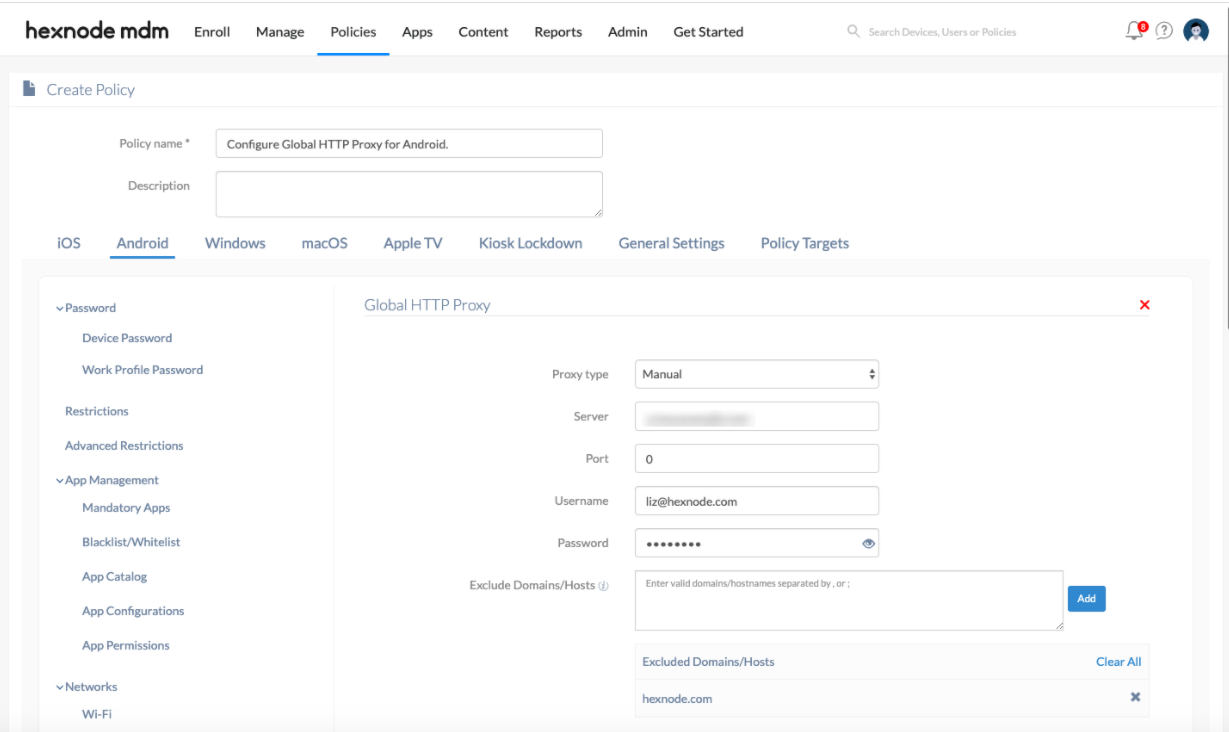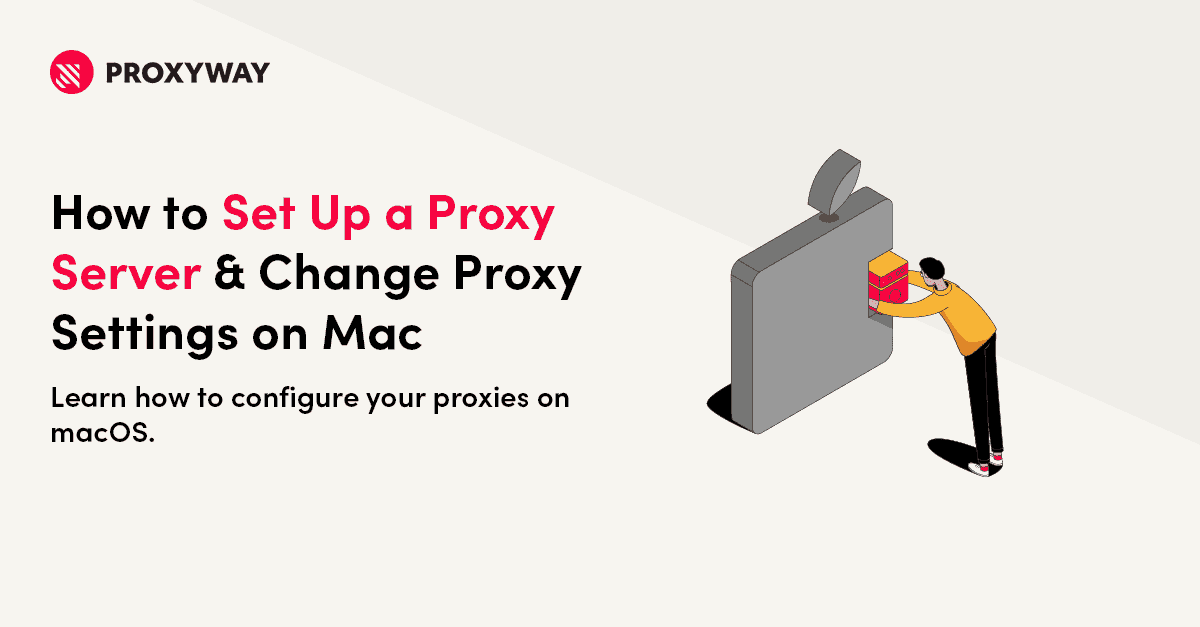

The bitbar script linked in the answer also contains the commands for setting a SOCK5 or PAC proxy. If you need a GUI wrapper for setting the HTTP/SOCKS/PAC proxies then check out this answer. To find the active network interface see what comes as the first non-disabled interface when you type: networksetup -listnetworkserviceorderĪlternatively, you can use ifconfig or networksetup -listallhardwareports. en0 and you'll need to use that instead of wi-fi. If you are connected via ethernet then most likely the interface will be en e.g. Getting the correct network interface nameĪll the commands above assume your netowork interface is wi-fi. To disable the socks proxy use: networksetup -setsocksfirewallproxystate wi-fi off Networksetup -setsocksfirewallproxystate wi-fi on Set system-wide SOCKS5 proxy networksetup -setsocksfirewallproxy wi-fi localhost 1080 This is equivalent to setting the proxy via mac system settings > Network > wi-fi > Advanced > Proxies > Web proxy. To disable the proxy: networksetup -setwebproxystate wi-fi off

This assumes your network interface is called wi-fi (or Wi-Fi), and that your proxy is running on localhost on port 8080. The field next to it is where you set the proxy’s port number.To globally set an http proxy system-wide on MacOS (not just for a terminal session) you can use: networksetup -setwebproxy wi-fi localhost 8080

Under the ‘ Select a protocol to configure‘ list, check the protocol you want to set the proxy for.From Launchpad., open System Preferences.This can be done in the Network configuration screen, under System Preferences. In order for your desktop applications, such as Safari and Chrome, for example, you will need to tell them where to forward Internet traffic to. HttpsProxyServer=my.:8000Įvery new Terminal window should now have your proxy settings configured. Add the following contents to the file, replacing my.:8000 and my.:8000 with the URL and port of your proxy server.Open ~/.bash_profile into a text editor.When to use: When you need persistent proxy configurations between Terminal windows. So I have my dotFiles hosted in github, and one of them is my global /.gitconfig, so that I can always have my aliases available to me.But I also have the proxy configuration on that file, even though thats hasent been pushed. We can enforce this by using the no_proxy environment variable.Įxport no_proxy=localhost,127.0.0.1,*.my.company.lan Hi evantoli Im referring to a corporate proxy. Typically, all local network traffic should go directly to its destination. Not all traffic should funnel through your network’s proxy.Same as with HTTP, use one or both the examples below for HTTPS traffic.Most applications will work with the lowercase version, but there are edge cases that require uppercase. Execute one or both of the export commands for HTTP traffic.These settings only affect the Terminal window session they are used in, and exist for only as long as the session is open. When to use: quick and dirty ephemeral network configuration settings. Instead, we’ll need to set a few environment variables: http_proxy, https_proxy, and no_proxy. Unfortunately, the proxy settings set in System Preferences won’t apply here. Terminalĭevelopers, DevOps, and administrators spend a lot of their time in Terminal. However, anything executed from a terminal window may require alternative settings. Go to Advanced tab and click on the Change Settings button against Proxies. Follow the below instructions from Safari: Open Safari and go to Safari > Preferences menu. Desktop applications use the network settings found under System Preferences. You can access the network preferences in Mac using the following two ways. From the left pane, select the network service you wish to disable the proxy settings on, then click the Advanced button. Click the Apple icon then select the System Preference option.

How to change proxy settings mac mail how to#
Proxies can be configured a number of ways, depending on your needs. The following instructions will show you how to disable the proxy settings for Wi-Fi on your Mac computer. Of course, the network itself usually will not tell you to do so, so we’ll need to tell our Mac to use them. These networks typically funnel all Internet-bound traffic through a number of proxy servers.Īny application that requires Internet access will need point traffic towards them.
How to change proxy settings mac mail windows#
Once the domain of Windows clients, more MacBooks and iMacs are finding their way onto small business and corporate networks.


 0 kommentar(er)
0 kommentar(er)
